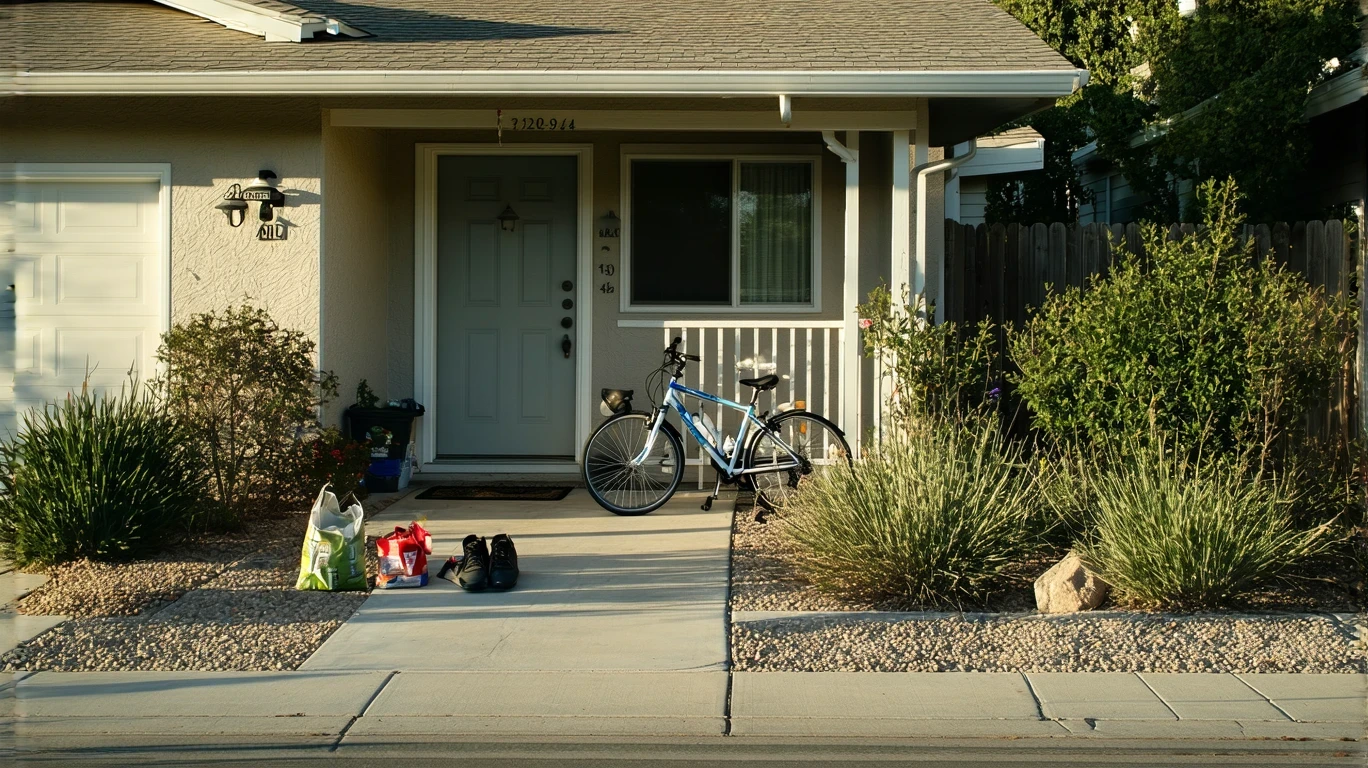
Budgeting Smarter in Corona
Planning your monthly expenses is essential whether you’re a new mover or long-time resident in Corona, CA. By understanding how costs typically break down for different lifestyles and income levels, you can make smarter financial decisions. In Corona, housing and electricity often make up more than 55% of a household’s budget.
Depending on your situation, your monthly budget in Corona can look very different. Let’s walk through the expenses for a typical single renter, Jasmine, who earns $3,000 per month in gross income:
- Rent for a 1BR apartment: $1,450
- Utilities (electricity, water, gas, internet): $250
- Groceries and dining out: $400
- Car payment, gas, and insurance: $500
- Discretionary spending and subscriptions: $200
- Savings: $200
After essential costs, Jasmine has about $400 left for savings and discretionary purchases – a modest buffer. Of course, individual budgets will vary, but this provides a realistic starting point. Now, let’s look at a wider range of examples.
What Real Budgets Look Like in Corona
To help you estimate your own monthly expenses, here’s how costs typically break down for three common household types in Corona:1
| Expense | Jasmine (Single renter) | Sam & Elena (Dual-income renters) | The Ortiz Family (Homeowners) |
|---|---|---|---|
| Gross Monthly Income | $3,000 | $7,000 | $9,500 |
| Rent/Mortgage | $1,450 | $2,200 | $2,800 |
| Utilities | $250 | $350 | $450 |
| Food | $400 | $800 | $1,200 |
| Transportation | $500 | $800 | $1,000 |
| HOA/Fees | – | $200 | $350 |
| Miscellaneous | $200 | $600 | $1,200 |
| Savings | $200 | $1,050 | $1,500 |
| Total | $3,000 | $6,000 | $8,500 |
These estimates reflect common lifestyle costs in Corona as of 2023. Individual budgets will vary.
As you can see, housing is the biggest expense across the board, followed by food and transportation. Couples and families also tend to have more discretionary spending and put more toward savings each month.
Biggest Cost Drivers
While every budget is different, there are a few common factors that heavily influence monthly expenses in Corona:
- Seasonal utilities: Corona’s hot summers mean air conditioning is a must, which can cause electric bills to spike from June through September. Expect to budget extra for cooling costs.
- Commute: Many residents commute to jobs in Riverside or Orange County. Longer drives mean higher gas and vehicle maintenance costs, which add up quickly. Public transportation is an option but will likely still involve some driving.
- Housing: Corona’s housing market has seen rising rents and home prices in recent years. Housing will likely be your single biggest monthly expense, so it’s important to budget realistically and avoid overstretching.
Of course, your lifestyle and spending habits also play a big role. Dining out frequently, subscribing to multiple streaming services, or having a taste for designer clothes can all inflate your budget. Be honest about your habits and priorities.
Tips to Stretch Your Budget Further
Living in Corona doesn’t have to break the bank. With some savvy strategies, you can trim your monthly expenses without sacrificing too much:
- Take advantage of SRP’s time-of-use billing to save on electricity. Shifting chores and A/C use to off-peak hours can lower your bill.
- Install thermal curtains, solar screens, or shade sails to block the sun and keep your home cooler in summer, reducing A/C costs.
- Shop at discount grocery stores like Aldi or Grocery Outlet and buy generic brands to slash your food budget.
- Use public transportation, carpool, or bike when possible to save on gas and car expenses. Corona Cruiser buses are a cheap way to get around town.
🏆 Pro tip: Check for utility rebates and incentive programs in Corona to offset costs for things like energy-efficient A/C units, low-flow toilets, or drought-tolerant landscaping.
FAQs About Monthly Budgets in Corona
Can you live in Corona on $3,000 per month?
Yes, but it will be tight, especially if you have student loans or other debt. Expect to pay at least $1,200 for a studio or 1BR rental, leaving $1,800 for all other expenses. Sticking to a strict budget is a must.
What’s a realistic rent budget for Corona?
If you’re aiming to spend no more than 30% of your gross income on rent, budget at least $1,500 for a mid-range 1BR or $1,800+ for a 2BR. Rents are higher in central neighborhoods like Downtown Corona.
How much do you need to live comfortably in Corona?
For a single person, an income of $4,000+ per month ($48K/year) is considered comfortable in Corona. This allows for a decent 1BR apartment, reliable transportation, and room for discretionary spending and savings. Couples or families will need proportionately more.
Planning Your Next Step
Moving to a new city is exciting but involves a lot of financial planning. Use the example budgets above as a starting point and adjust based on your unique lifestyle and priorities. Don’t forget to account for one-time moving expenses like security deposits, utility setup fees, and furniture on top of monthly costs.
Want to see how the cost of living in Corona compares to other Southern California cities? Check out our detailed breakdowns for Riverside, Irvine, and Anaheim to get a clearer picture of expenses around the region.
